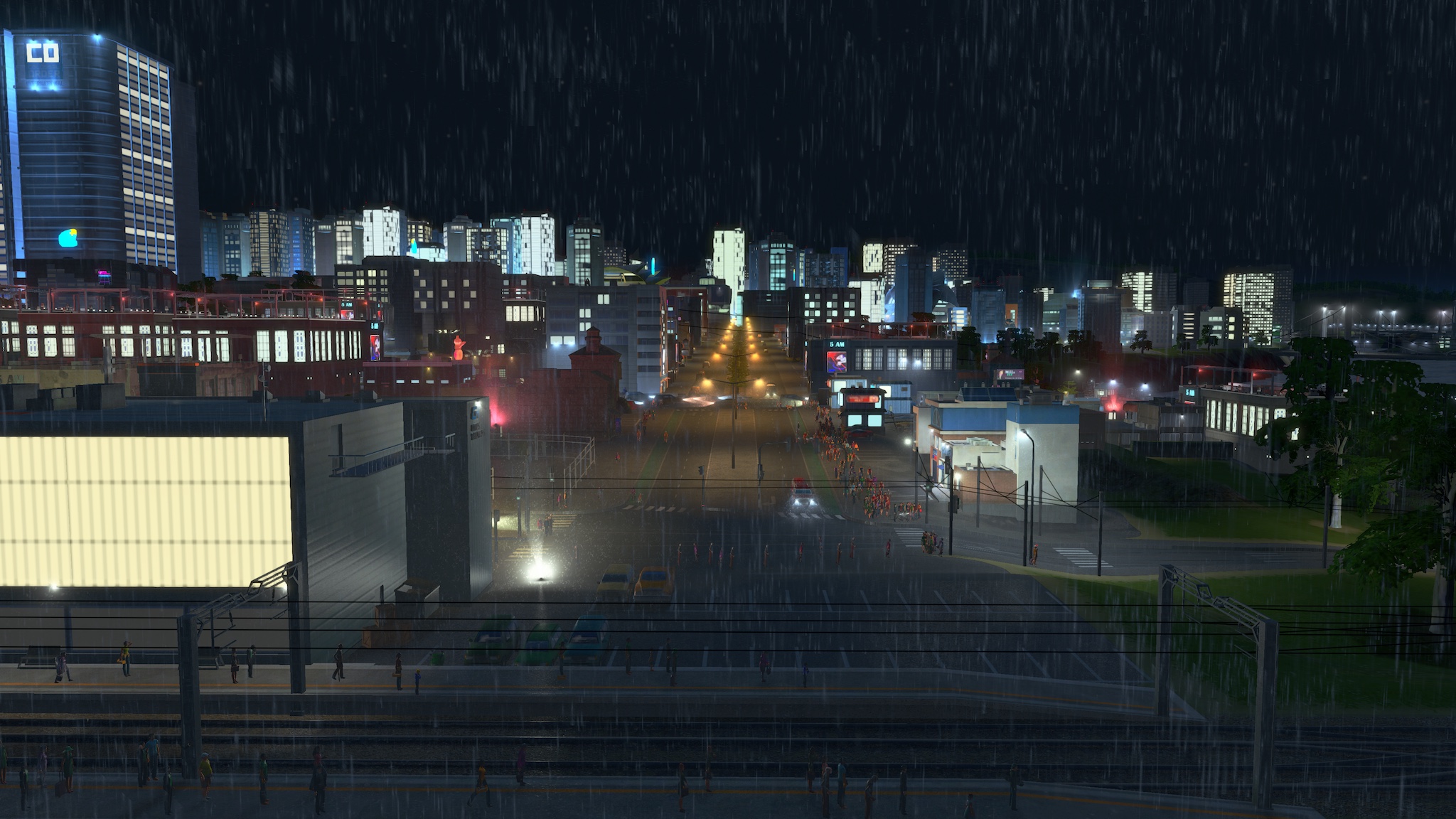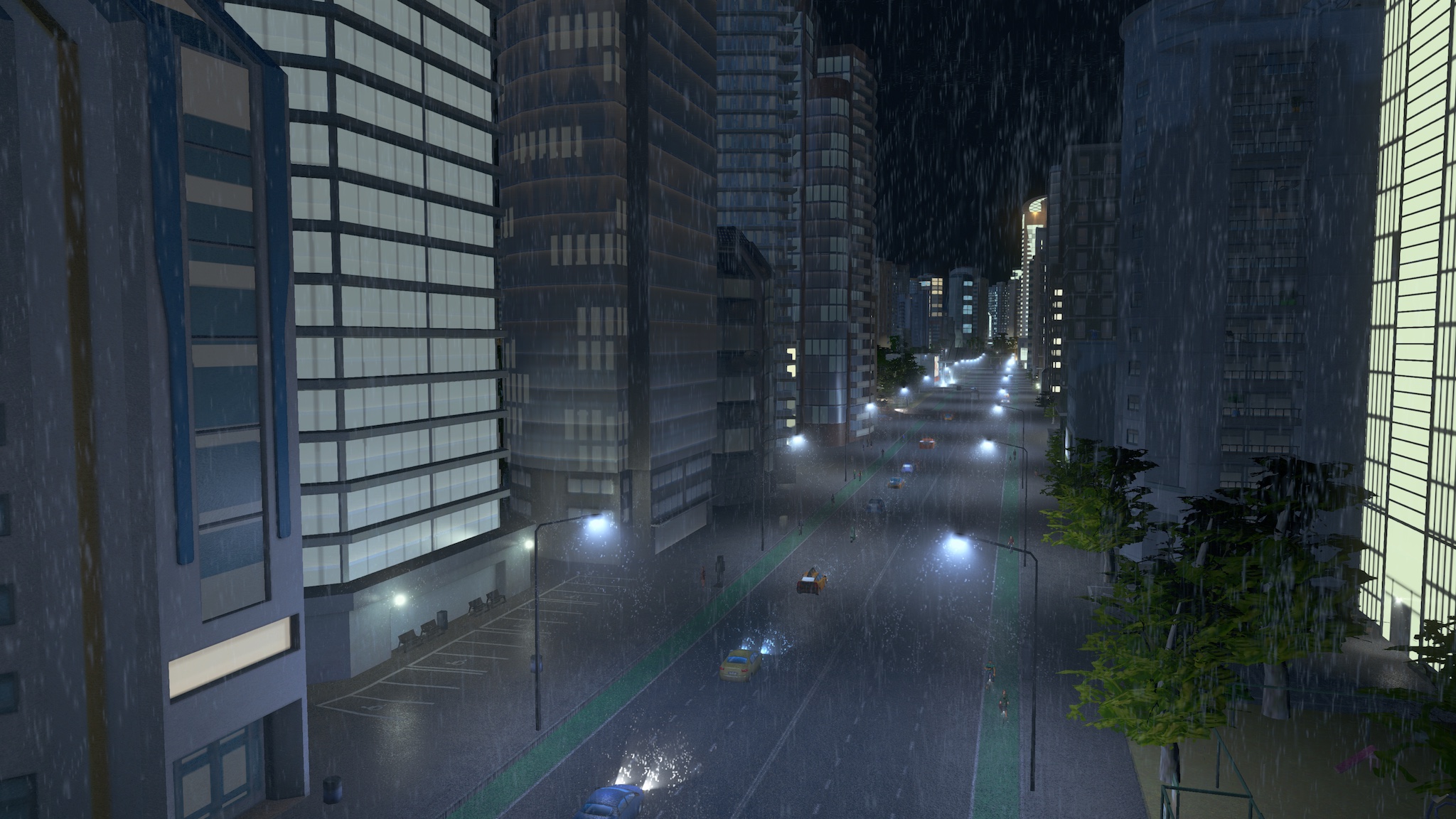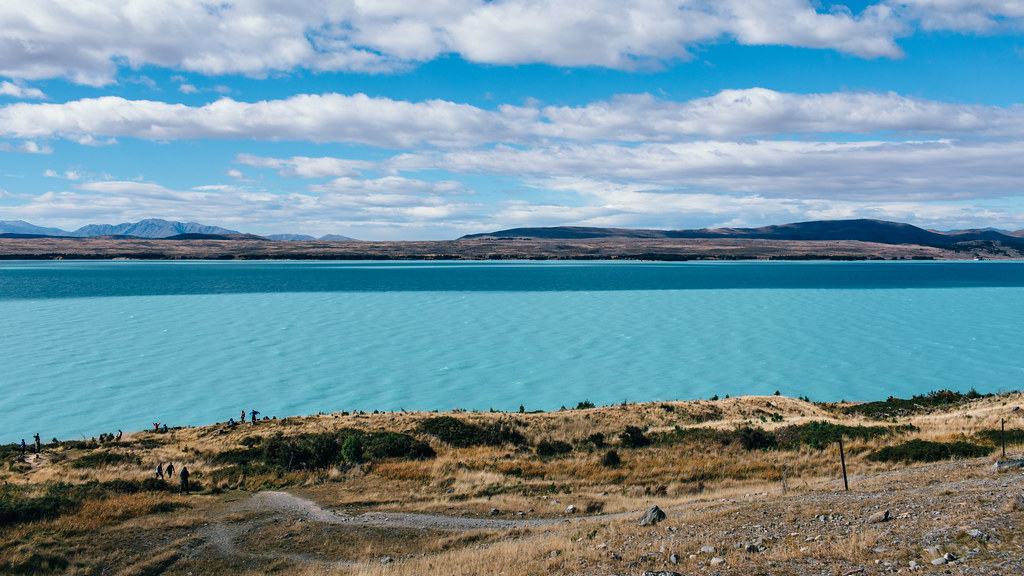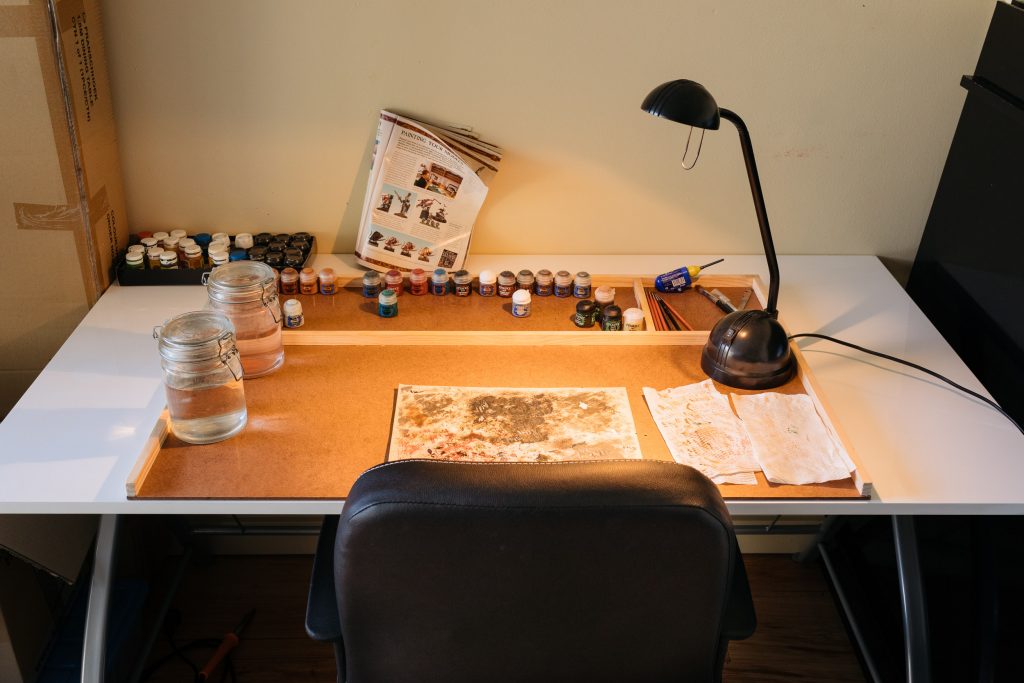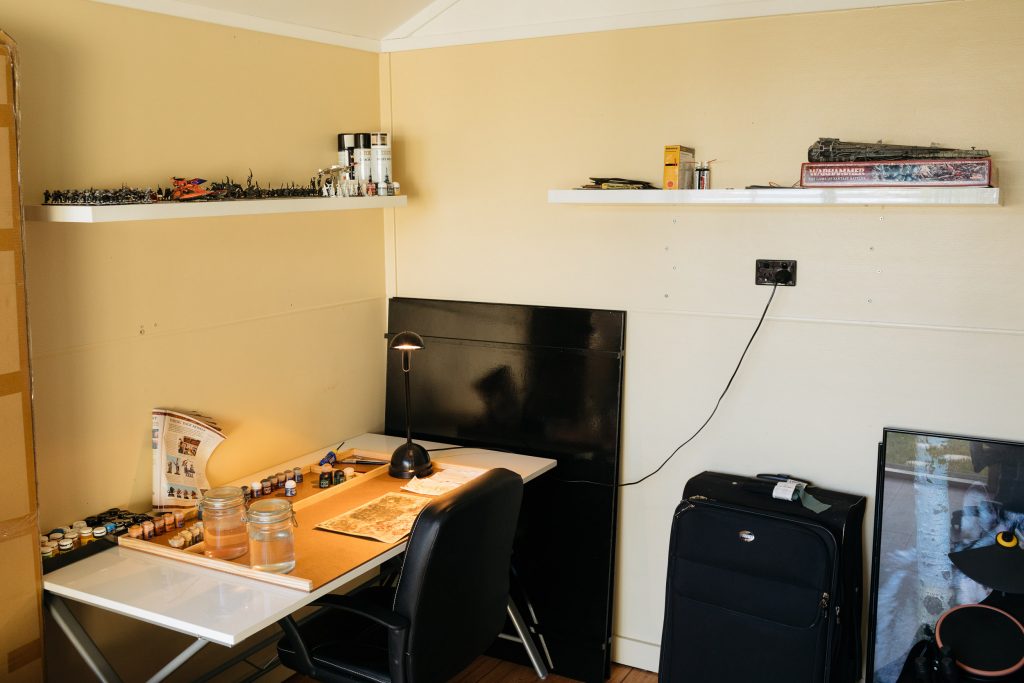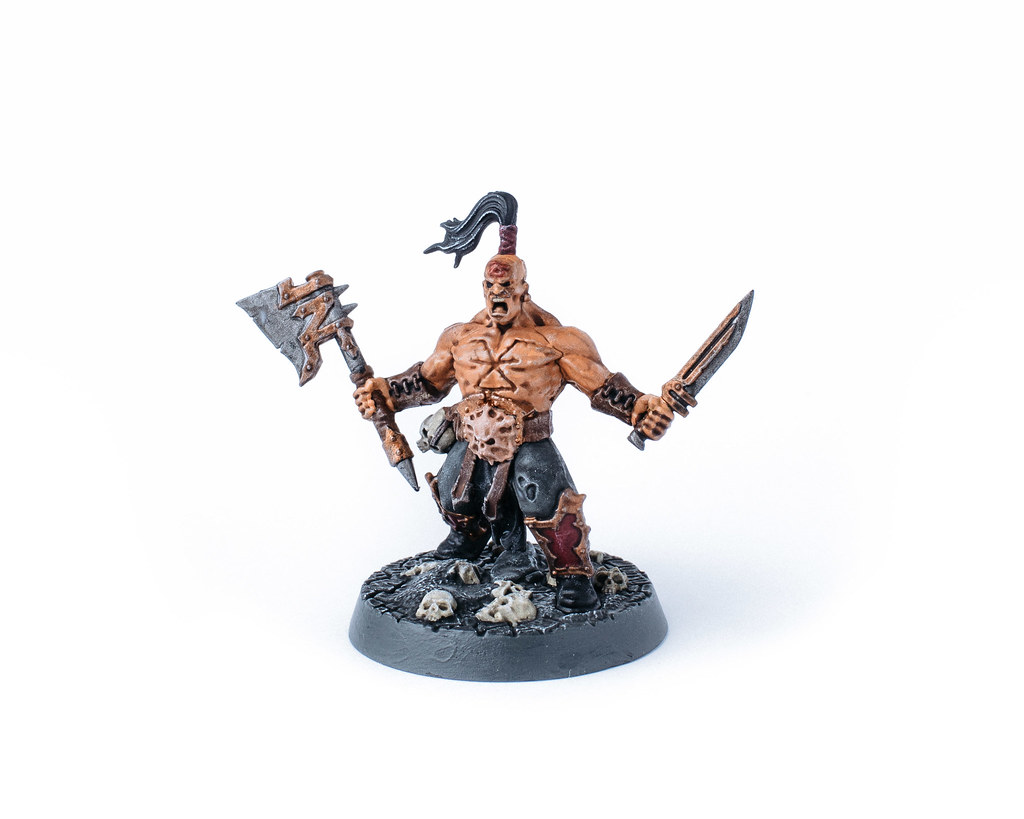The spiritual successor to SimCity, Cities: Skylines
I first played the original SimCity Classic back in the early 1990s on our old Macintosh LC II, and absolutely loved it. Laying out a city and watching it grow was extremely satisfying, and the sequel, SimCity 2000 was even more detailed. I played a bit of SimCity 4, which came out in 2003, but the latest entry in the series, titled just “SimCity“, by all accounts sucked. The maps were significantly smaller in size, and it required an internet connection and was multiplayer to boot.
It’s actually possible to play SimCity 2000 on modern machines and I definitely got stuck into it a few years ago. This is a screenshot of my most recent city!

If you’re wanting a proper modern SimCity 2000-esque experience though, Cities: Skylines is what you’re after. It came out in March of 2015 on desktop, and was ported to Xbox One in April of 2017 and they did a damned good job of it, the controls are all perfectly suited to playing on a controller as opposed to with a mouse and keyboard.
The level of detail of the simulation is fantastic, you can zoom all the way in and follow individual people (called “cims”, as opposed to SimCity’s “sims”) or vehicles and see where they’re going. There’s a robust public transport system and you can put in train lines (and buses, and trams, and a subway, and in the most recent expansion called Mass Transit, even monorails, blimps, and ferries!) and see the cims going to and from work, and how many are waiting at each station and so on.
We recently upgraded to the Xbox One X and a shiny new OLED 4K TV (quite the upgrade from our nine year-old 37″ giant-bezeled LCD TV!), and it makes for some very nice screenshots. These are from my largest city called Springdale, currently home to ~140k people!

